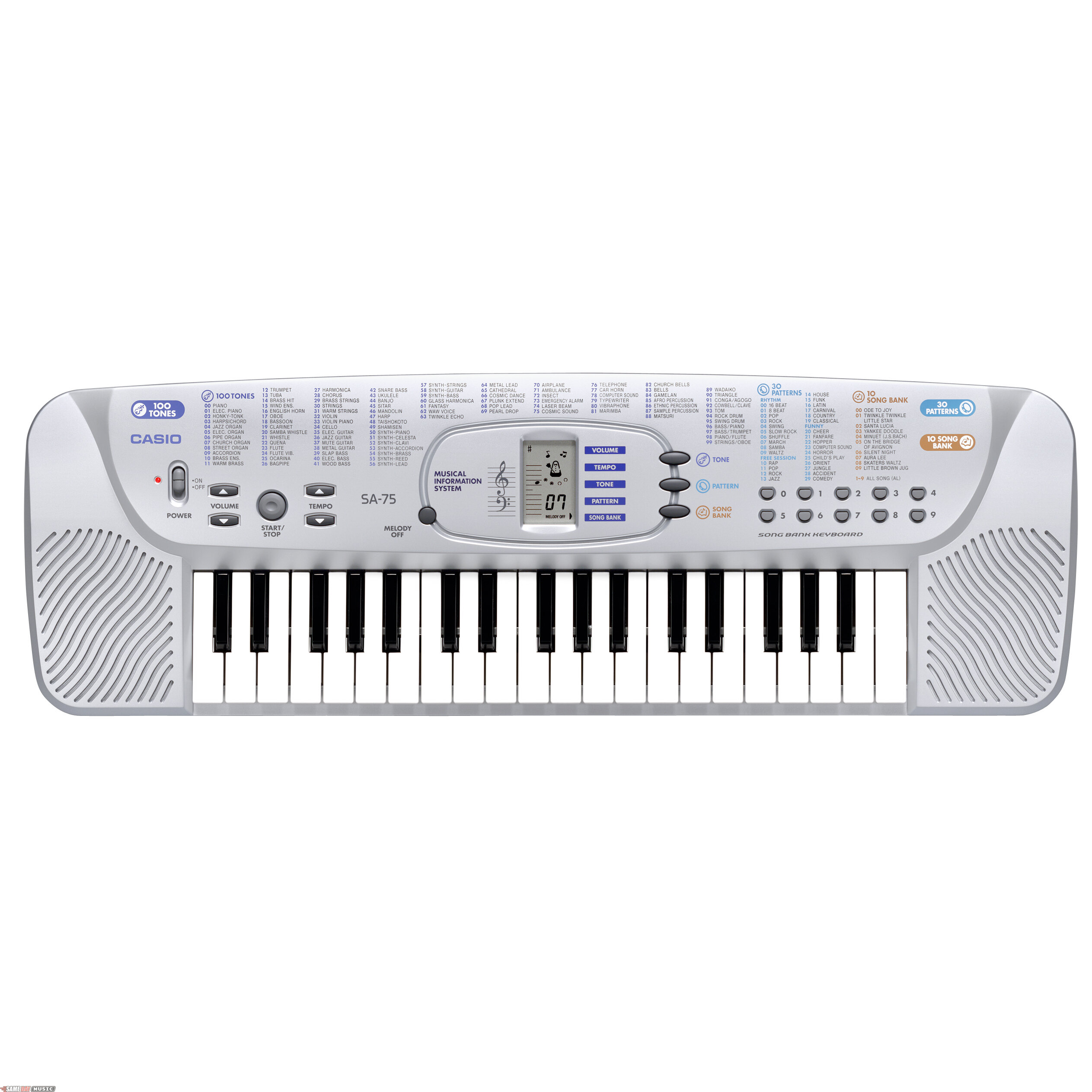
Semiconductor integrated circuits (ICs) are typically formed on a section of a wafer of semiconductor material, such as silicon. The wafer includes multiple sections where each section is called a die. Integrated circuits (ICs) include transistors and capacitors integratedly arranged in one semiconductor chip. Integrated circuits may include at least two circuit components that are formed on a common semiconductor substrate and which each have self-contained supply voltage systems. In addition, each of the two circuit components may include self-contained bonding spots for receiving an externally supplied voltage. Most integrated circuits contain one or more output transistors that control current flow through one or more external loads. Integrated circuit packages are utilized to enclose, protect and isolate integrated circuits from potentially hazardous mechanical and environmental elements which may cause damage or destruction. Integrated circuit devices that are typically encapsulated in such packages may include high density memory array devices, logic devices, processing units, microcontrollers, communications controllers and associated input and output structures. The packages also provide a robust and rugged platform for operational needs of integrated circuits, including heat transfer, structural stability and electrical connections. An application specific integrated circuit (ASIC) is a specialized integrated circuit that is designed for a particular application and can be implemented as a specialized microprocessor. Application specific integrated circuits (ASICs) offer the electronics designer the ability to customize standard integrated circuits (ICs) to provide a unique set of performance characteristics by integrating complex functionality and input/output (I/O) on a single integrated circuit (IC). Many different ASIC technologies are available, including gate array, standard cell, full custom design, and programmable logic devices. Programmable devices are a class of general-purpose integrated circuits that can be configured for a wide variety of applications. Such programmable devices have two basic versions, mask programmable devices, which are programmed only by a manufacturer, and field programmable devices, which are programmable by the end user. Programmable chips differ from ASICs because of their ability to implement any number of different complex digital logic circuits by configuring the underlying integrated chip. Programmable devices can be categorized as programmable memory devices or programmable logic devices. Programmable memory devices include programmable read only memory (PROM), erasable programmable read only memory (EPROM) and electronically erasable programmable read only memory (EEPROM). Programmable logic devices include programmable logic array (PLA) devices, programmable array logic (PAL) devices, erasable programmable logic devices (EPLD) devices, and programmable gate arrays (PGA). A field programmable gate array (FPGA) is an integrated circuit (IC) that includes a two-dimensional array of general-purpose logic circuits, called cells or logic blocks, whose functions are programmable. The field programmable gate array (FPGA), typically includes an array of programmable tiles. These programmable tiles can include, for example, input/output blocks (IOBs), configurable logic blocks (CLBs), dedicated random access memory blocks (BRAM), multipliers, digital signal processing blocks (DSPs), processors, clock managers, delay lock loops (DLLs), and so forth. FPGAs can be designed using a variety of architectures which can include user configurable input/output blocks (IOBs) and programmable/configurable logic blocks (PLBs/CLBs) having configurable interconnects and switching capability. The advancement of computer chip technology has also resulted in the development of embedded processors and microcontrollers. An embedded processor or controller can be a microprocessor or microcontroller circuitry that has been integrated into an electronic device as opposed to being built as a standalone module or plugin card. A system-on-chip (SoC) is a fully functional product having its electronic circuitry contained on a single chip. SOC data processors are characterized by a very high degree of integration on a single integrated circuit (IC) chip. While a microprocessor chip requires ancillary hardware electronic components to process instructions, a SoC can include all required ancillary electronics. In general, microprocessors are often preferred when flexibility and variable control are key design considerations. ASICs are often selected when performance or small circuit size is essential. FPGAs are often used when programmability and performance are important. A phase locked loop (PLL) implemented with an integrated circuit (IC) provides an efficient tool in implementing high-frequency components for radio transceivers in telecommunication systems. A typical phase locked loop includes a voltage controlled oscillator (VCO), a control unit, and a detector unit. Phase-locked loop (PLL) circuits have been one of the basic building blocks in modern electronic systems. They have been widely used in communications, multimedia, and other applications. Frequency synthesizers, FM demodulators, clock recovery circuits, modems, and tone decoders are some applications for PLL circuits.










